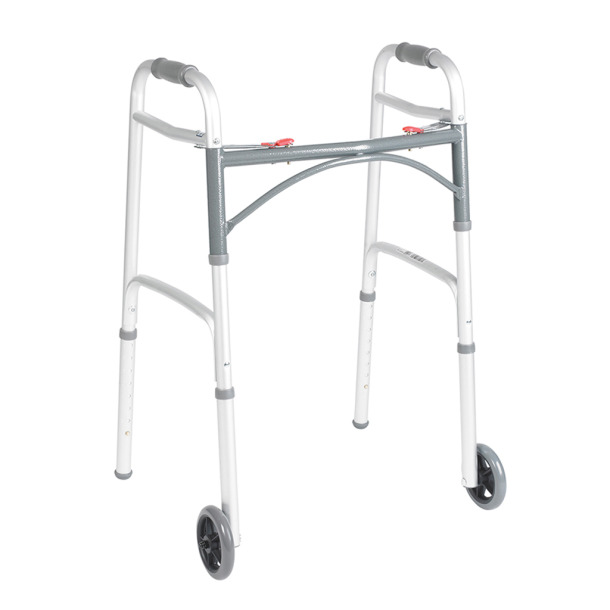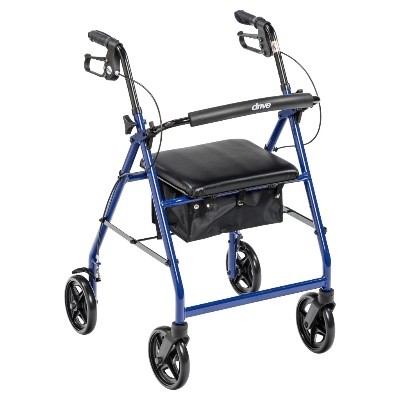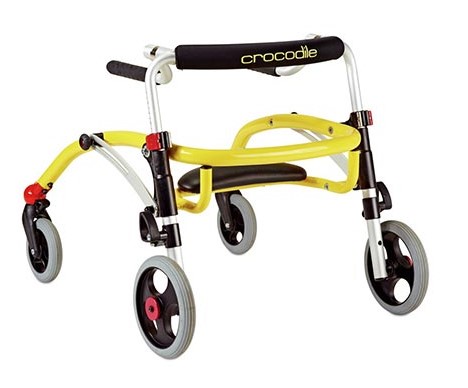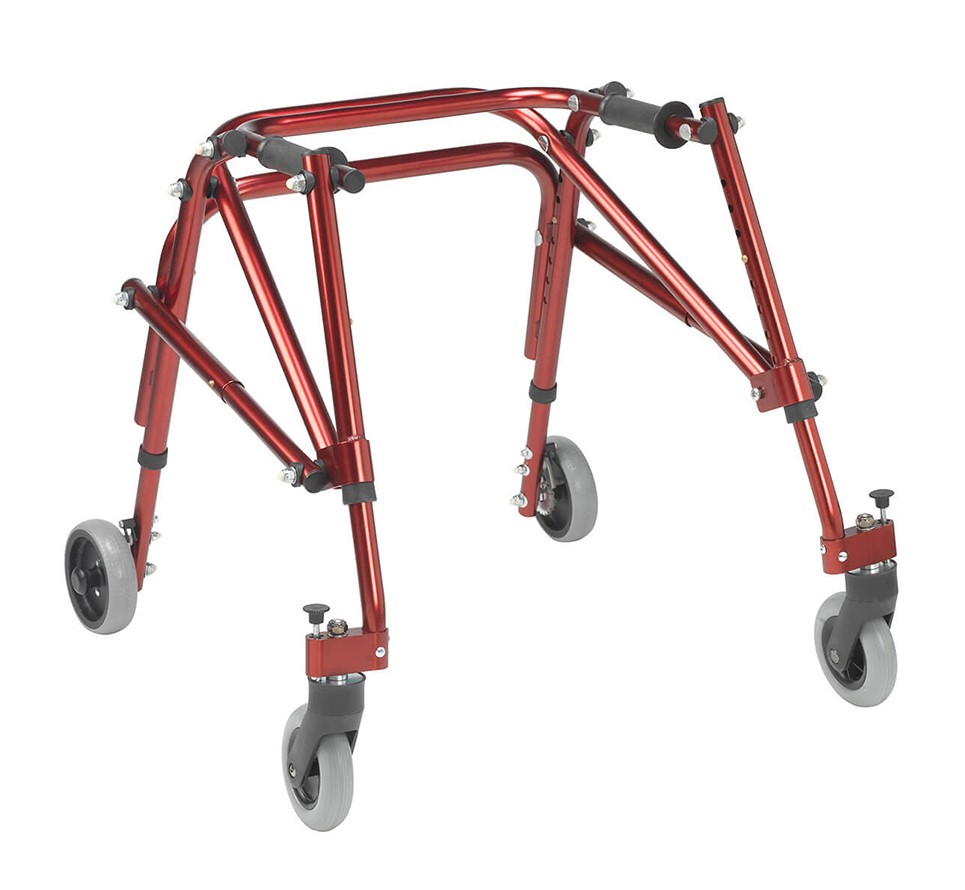Your Child's Equipment
Learn about walkers and gait trainers
Walking is important
Your child’s ability to walk on their own impacts their ability to engage and move around their environment. In typical development, most children start to walk between the ages of 12 to 15 months.
Walking supports your child’s physical, cognitive, and social development. Walking also helps your child:
- take part in daily activities with friends and family
- have an active lifestyle
- encourage healthy joint and bone development
- maintain healthy lung function
- improve circulation
- encourage and maintain healthy bowel and bladder function
- keep their skin healthy and avoid pressure injuries
Who needs a walker or gait trainer
Some children need extra support when learning to walk. Depending on your child’s needs, a physiotherapist may recommend a walker or gait trainer. Your child might use a walker or gait trainer for a short period of time as they build walking skills. If your child has limited mobility, they may use a walker or gait trainer for a longer time. Walkers and gait trainers are also used when your child is recovering from an injury. It provides support to help them move safely and more independently.
Different types of walkers and gait trainers
There are many different types of walkers and gait trainers available to support your child. A walker supports balance and stability. Your child should be able to put weight on their feet to use a walker. A gait trainer provides added support and stability. It’s used when your child isn’t able to fully put weight on their feet. Most walkers and gait trainers can be adjusted as your child grows or their abilities change.
Anterior walkers
Anterior walkers are placed in front of your child for support. They are pushed or lifted forward as the child walks.


Photo credit: Drive Medical, 2025
Posterior walkers
A posterior walker is placed behind your child for support. These walkers are pulled behind your child as they take steps forward.

Photo credit: R82 by etac

Photo credit: Inspired by Drive, 2025
Gait trainers
Depending on your child’s needs, gait trainers are made to be placed either in front of your child (anterior) or behind your child (posterior). Some gait trainers can be used either way depending on how your therapist sets it up for your child. Gait trainers can offer more support than walkers by adding different accessories. These accessories can include:
- a seat or saddle to support your child’s weight
- guides for your child’s ankles and thighs to help with leg placement
- a variety of arm supports and handles
- supports to help your child stay upright

Photo credit: Rifton.com, 2025
If your child’s physiotherapist recommends a walker or gait trainer, they’ll work with you to choose the best type of equipment for your child’s needs. They’ll suggest some things to think about, like:
- Where will the equipment be used?
- Can the equipment grow with your child?
- Will your child need accessories for support?
- Will your child use the equipment on their own or with help?
When should you call for help?
Contact your therapist if:
- Your child is not comfortable in the equipment.
- Your child has grown.
Contact the vendor if:
- There are broken parts on the equipment.
- Annual maintenance for moving parts.
To see this information online and learn more, visit MyHealth.Alberta.ca/health/aftercareinformation/pages/conditions.aspx?hwid=custom.ab_childs_equip_walker_gait_train_inst.

For 24/7 nurse advice and general health information call Health Link at 811.
Current as of: May 15, 2025
Author: Pediatric Rehabilitation Services, Alberta Health Services
This material is not a substitute for the advice of a qualified health professional. This material is intended for general information only and is provided on an "as is", "where is" basis. Although reasonable efforts were made to confirm the accuracy of the information, Alberta Health Services does not make any representation or warranty, express, implied or statutory, as to the accuracy, reliability, completeness, applicability or fitness for a particular purpose of such information. Alberta Health Services expressly disclaims all liability for the use of these materials, and for any claims, actions, demands or suits arising from such use.
